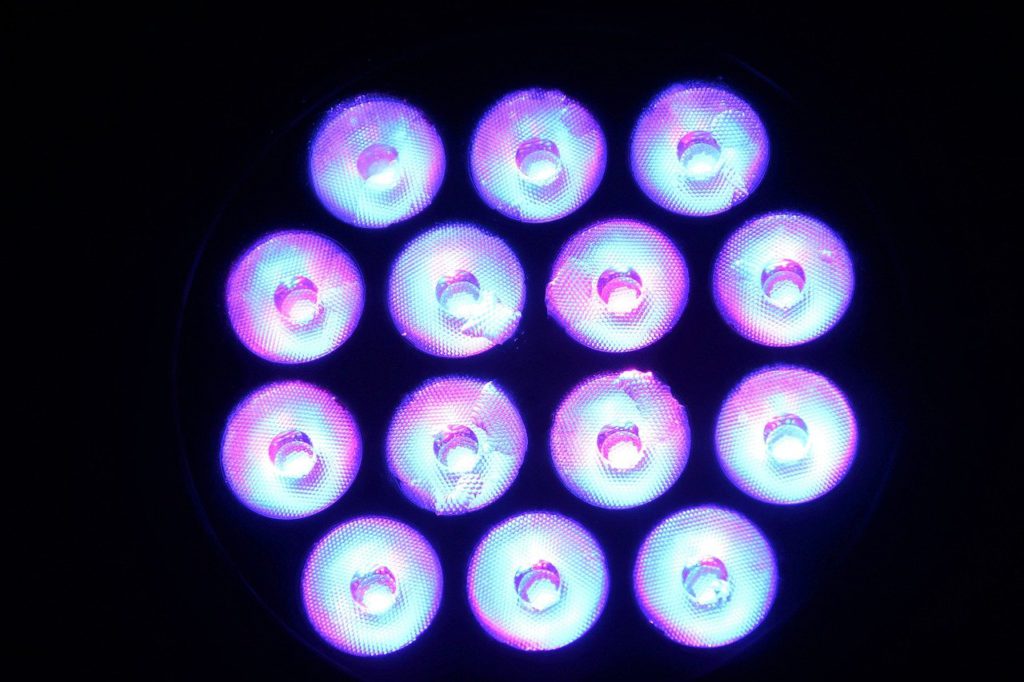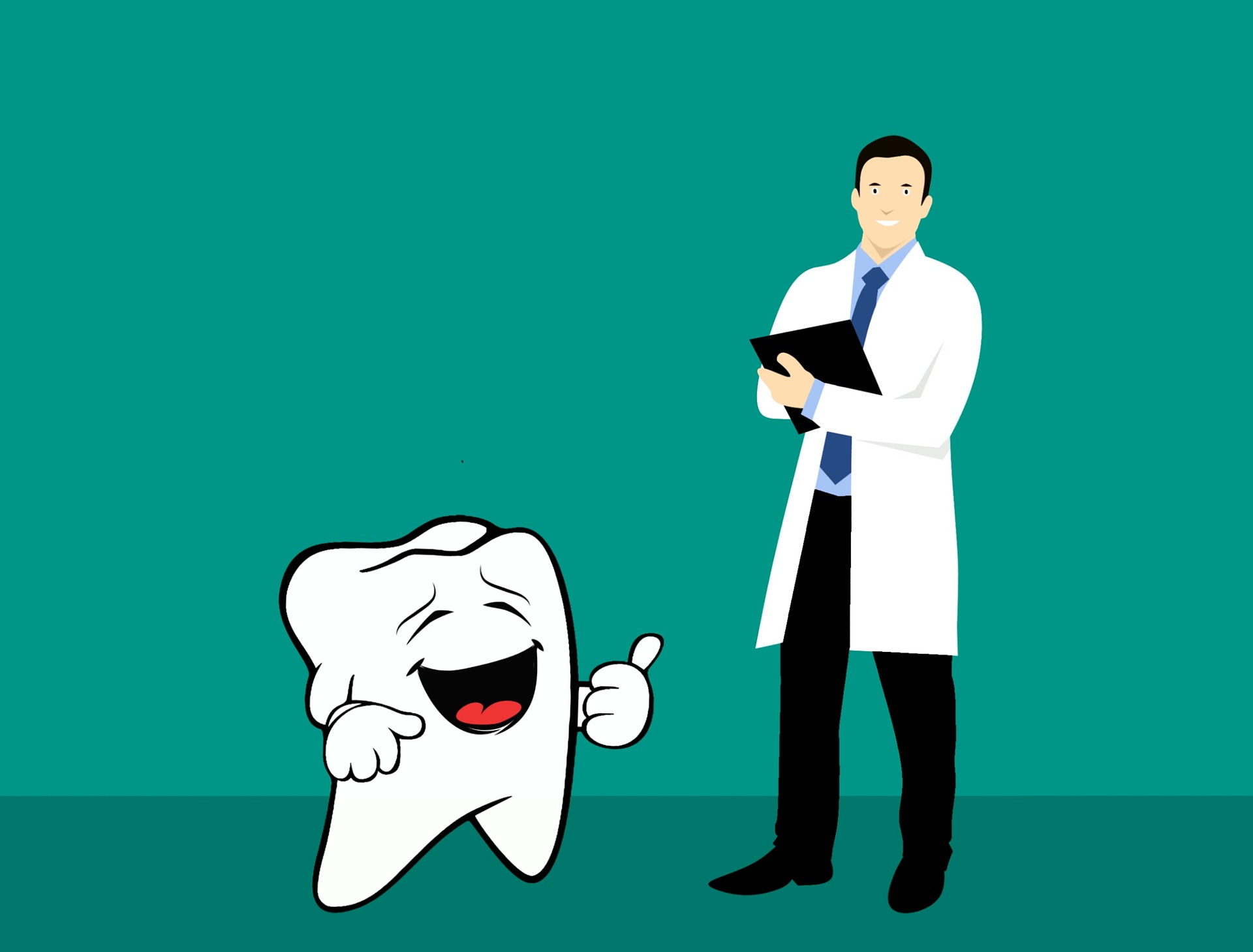Professionals Discuss Led Whitening
4 min read
LED teeth whitening is the process of using a teeth whitening agent such as hydrogen peroxide and LED (LED) light to whiten teeth. All modern accelerator lamps for teeth whitening use LED light in the blue light spectrum with a certain frequency, which stimulates the release of oxygen from the chemical and speeds up the teeth whitening process. LED teeth whitening emits blue light, which improves the process, but does not radiate heat to the teeth, so it does not damage tooth enamel. After whitening agents are placed on the teeth, in a tray, or directly on the teeth, these light sources are directed to the teeth and heat the agents to presumably speed up the whitening process.
Once the whitening agent is placed on the surface of the teeth, the blue light activates the whitening agent and initiates a chemical reaction. This allows you to achieve your goals faster and reduce the time the whitener stays on the surface of your teeth. After the desired shade (or maximum duration) is achieved, wash the whitening solution off the teeth. Place the blue LED light on the tooth and leave the solution in place for 30-60 minutes, or another application can be done.
You may need to leave the whitening product on your teeth for a certain amount of time before turning on the battery-powered blue light. A non-whitening whitening product contains substances that act by physical (abrasive) or chemical action to remove only superficial stains from the teeth. Products such as whitening sticks tend to be quite mild and whiten teeth gradually over time using weak to strong whitening agents.
Teeth whitening products can include whitening toothpaste, whitening pens, tooth bars, mouthwashes, and finally, gel trays with LED kits. Until recently, procedures to whiten teeth with bleach were not intended to be used in the dentist’s chair, but now supermarket and drugstore products claim to use a similar technique. As a result, the market is flooded with over-the-counter products ranging from low-quality whiteners to “home LED teeth whiteners” that claim to replicate the methods used by professional dentists. There are many OTC products currently available in Australia that use hydrogen peroxide, carbamide peroxide, and/or LED teeth whitening lamps to provide whitening results.
 LED, short for Light Emitting Diode, is a lighting method used in conjunction with whitening gels such as hydrogen peroxide or carbamide peroxide to whiten teeth. Research by the American Dental Association has shown that although the use of LED lighting for teeth whitening results in an initial discoloration of the teeth, it is actually caused by dehydration of the teeth and will fade over time. In a recent critical evaluation of electric bleaching, it was stated that the light sources used in teeth whitening do not generate sufficient heat to damage teeth. A 2014 study looked at decades of research into light-activated sources for whitening teeth in the dental office.
LED, short for Light Emitting Diode, is a lighting method used in conjunction with whitening gels such as hydrogen peroxide or carbamide peroxide to whiten teeth. Research by the American Dental Association has shown that although the use of LED lighting for teeth whitening results in an initial discoloration of the teeth, it is actually caused by dehydration of the teeth and will fade over time. In a recent critical evaluation of electric bleaching, it was stated that the light sources used in teeth whitening do not generate sufficient heat to damage teeth. A 2014 study looked at decades of research into light-activated sources for whitening teeth in the dental office.
Recently it was reported that halogen lamps are more effective than lasers, while Khan failed to find improvement in tooth whitening after treatment with LED or laser. A small 2012 study found that people experienced slightly more irritation and sensitivity around their teeth after studio treatment compared to a 2-week extended treatment period at home without LED lighting.
If you go to the dentist for a single whitening session, the results of LED treatments are mixed even with professional-grade LEDs. LED/UV lamps add some heat to the solution on the teeth, and while many service providers claim that using a heat source can speed up the whitening process, some researchers dispute these claims.
In general, LED teeth whitening kits are made to be used safely at home, but that doesn’t mean you’re overusing the product and letting your guard down completely. If you bought an LED home whitening product, you paid extra for a light that does nothing but gives you a funny moment to post on Insta while you shine it on your teeth. Because this LED whitening product penetrates the enamel, consumers are generally skeptical about its performance.
For example, a study published in 2016 found that using halogen lamps with a 37.5% hydrogen peroxide solution whitened teeth better than no halogen lamps. Based on a laboratory study [6] where about 35% of LPs were used with different light sources (LED/diode lasers, halogen lamps, plasma arc lamps, argon lasers), it can be concluded that non-activated bleaching does not differ from active bleaching. You can place the whitening strips directly on the teeth, or you can inject the whitening gel into a set of mouthguards with a syringe.






